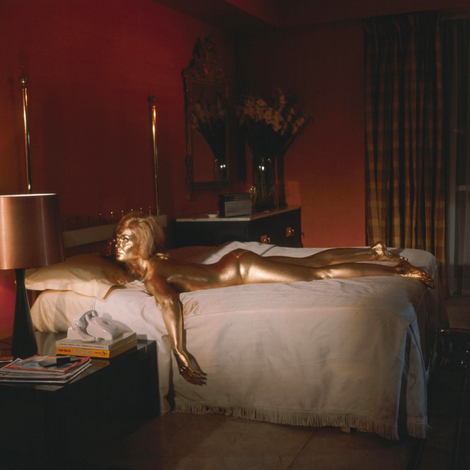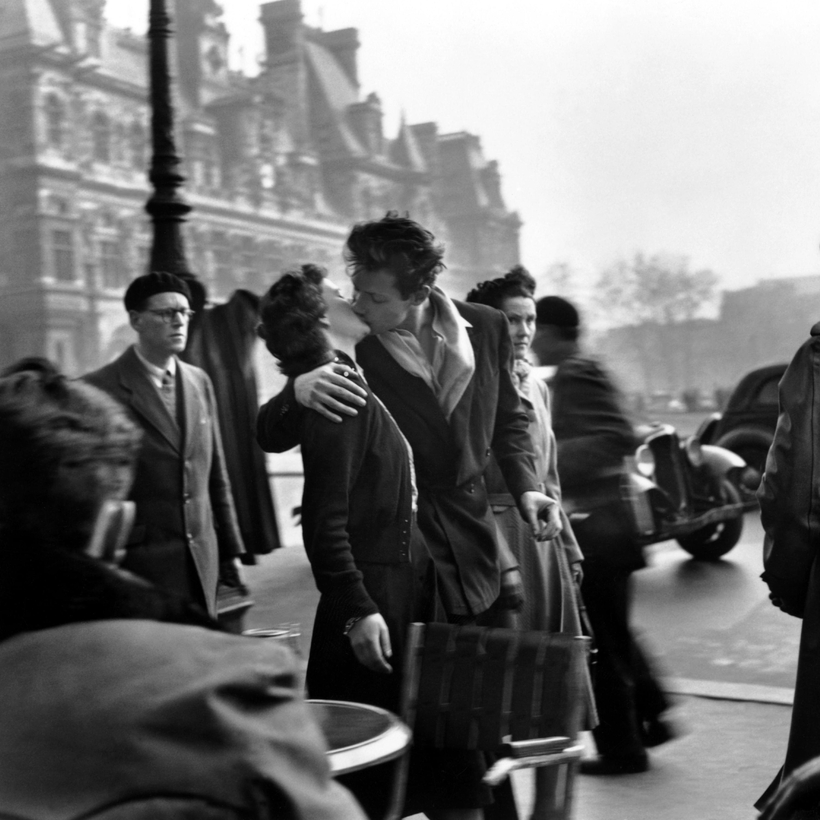The image of a young couple kissing passionately in a Paris street, oblivious to people walking past, is the most famous of Robert Doisneau’s photographs.
Celebrated for his memorable scenes of everyday Parisian life, Doisneau also portrayed miners in northern France, countesses and artists including Picasso.
An exhibition of the most striking photographs taken during his long career is in Paris’s Maillol Museum, the biggest Doisneau retrospective in the city for 19 years.
The 400 photos, chosen from about 450,000 of his images, “offer a social commentary on a harsh and unforgiving world and capture a wide range of human experiences”, said Francine Deroudille, the curator and Doisneau’s daughter.

Some record poignant scenes from the Parisian suburbs where Doisneau was born. He was brought up by an aunt after his mother died when he was seven. His father, a plumber, had died several years earlier in the First World War.
At 13, he went to a craft school where he studied graphic arts, graduating in 1929 with diplomas in engraving and lithography.
He was hired as a photographer at the Renault car factory in the Paris suburb of Boulogne-Billancourt, but he was fired after five years for persistent lateness and, by his own admission, falsifying his time cards.

During the war, he forged passports and ID papers for the French Resistance. In 1948 he began working for Vogue as a fashion photographer but he preferred street scenes to taking posed pictures of beautiful women in elegant surroundings.
Le Baiser de l’Hôtel de Ville (The Kiss at City Hall), taken in 1950, has been used in countless posters, postcards, and calendars.
The couple pictured were Françoise Delbart and Jacques Carteaud, whom he had seen kissing but only photographed after asking for permission. The two aspiring actors repeated the kiss for him several times in different locations.

Doisneau later said: “I would never have dared to photograph people just like that. Lovers kissing in the street—those couples are seldom legitimate.”
Decades after the photograph was published in Life magazine, several couples came forward, claiming it was their image.
Denise and Jean-Louis Lavergne took Doisneau to court in 1993, alleging that he had photographed them without their knowledge and demanding compensation. He was forced to reveal that he had asked Delbart and Carteaud to pose for the picture, and won the case.

Delbart sold a copy of the photograph signed by Doisneau, which she received as “payment”, for $189,000 at an auction in 2005.
Another famous Doisneau photo is La Dernière Valse du 14 Juillet (The Last Waltz of 14 July), which shows a couple dancing at night in the middle of a deserted Paris street on Bastille Day in 1949.
The exhibition consists of a number of themed sequences, one of which shows scenes from cafés. His 1953 picture, Les Bouchers Mélomanes (Music-Loving Butchers), shows a group of butchers standing at a bar in bloodstained aprons, enraptured by a woman playing an accordion.

Deroudille said Doisneau’s approach to photography was almost cinematographic: “It is a real world seen through the eyes of a dreamer.”
Doisneau, who died in 1994, said of his work: “Reality doesn’t exist. Our stories are completely made up. It’s a sort of false testimony but we use real materials.”
David Chazan writes about French politics, culture, and lifestyle for The Times of London

